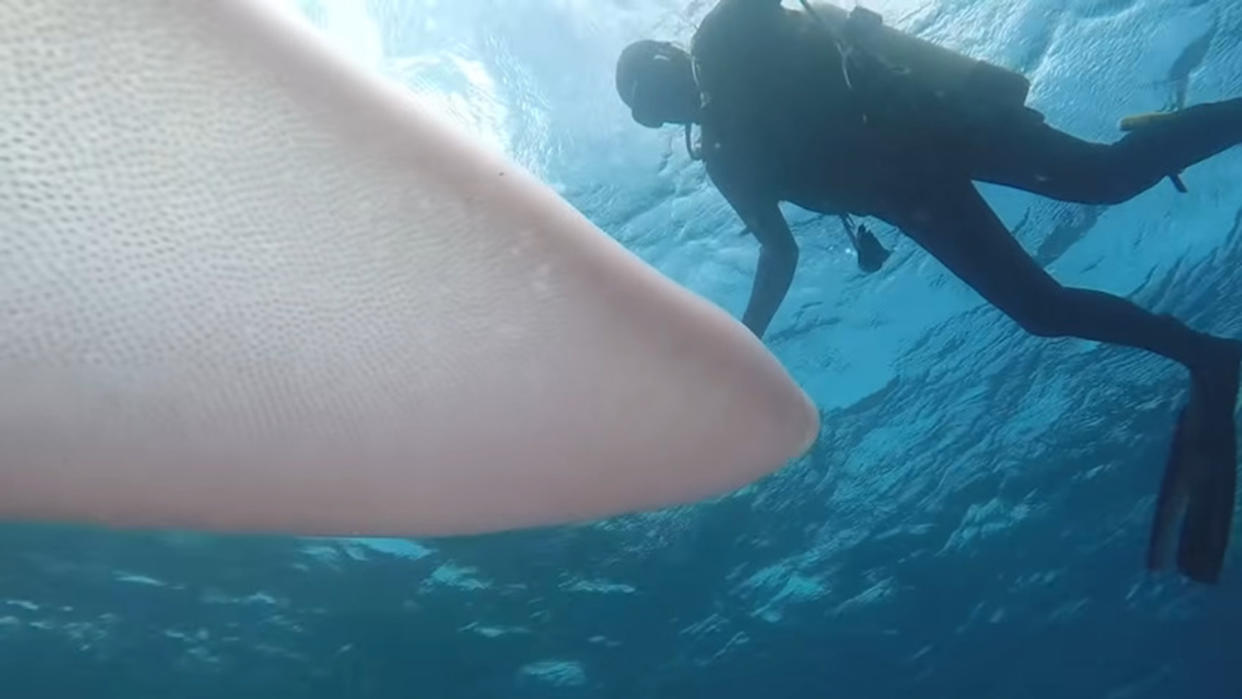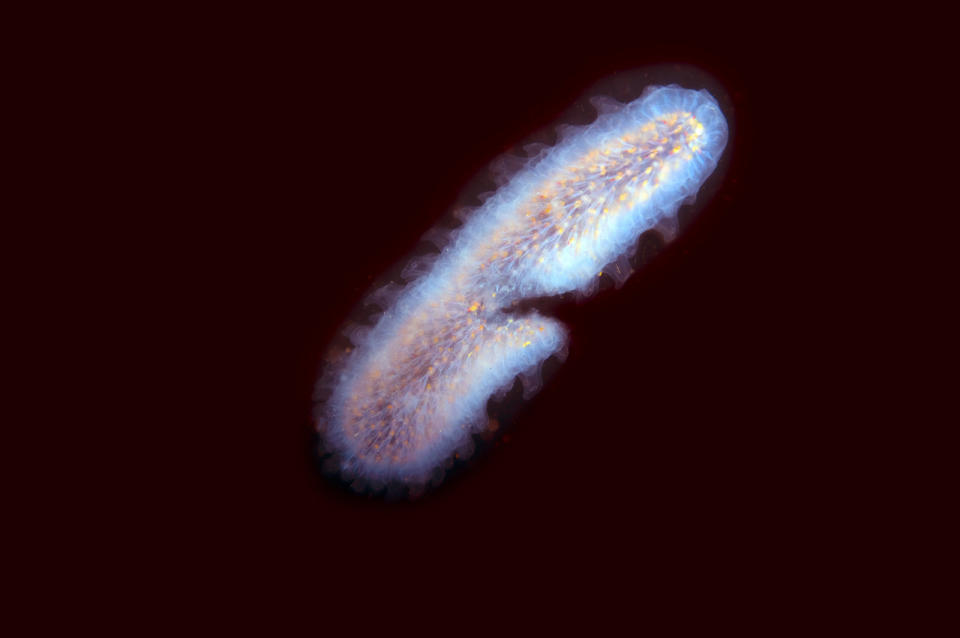Divers discovered a horrifying 26-foot sea worm that only comes out at night

Divers off the coast of New Zealand came face to face with a giant sea worm that was almost 30-foot long.
The creature is called a pyrosome, and while it might look intimidating, it’s actually perfectly safe to approach. Pyrosomes are part of a family of sea creatures known as tunicates or “sea squirts”. They’ve also been called cockroaches of the sea, National Geographic notes, due to their ability to pull food from even the most inhospitable environments.
Today's Top Deals
These are the best Cyber Monday deals everyone is buying in 2021
Brand new AirPods Pro with MagSafe have a massive Cyber Monday discount you won't believe
This hidden page has all the deepest discounts of Cyber Monday 2021!
Don't Miss: 150+ Amazon Cyber Monday 2021 deals you can already get now
Divers swim right next to this giant sea worm
Videographer Steve Hathaway, and his friend Andrew Buttle, discovered the pyrosome while filming a tourism promo in October of 2018. Hathaway says that Buttle was the first to notice the massive sea creature. He put on his scuba gear and dove in right after.
The pyrosome they found was roughly 26-foot long. These translucent worm-like creatures can often glow and look similar to a plastic bag floating through the water. The two divers spent almost an hour swimming around the creature, taking photos and capturing video of it. Hathaway says that he’d been hoping to catch a glimpse of one for years.
It isn’t just one creature

scubagreg123/Adobe
Buttle told National Geographic that swimming next to it the pyrosome “was pretty incredible”. He also noted how they could see thousands of tiny creatures along the giant sea worm’s body, up close.
That’s because pyrosomes are actually a free-flowing colony of hundreds or even thousands of individual organisms. These organisms are known as zooids. The small multicellular creatures pump water through their bodies to catch and feed on phytoplankton, poop particles, and other bacteria.
Andrew Jeffs, a marine science professor at the University of Auckland says that the pyrosome and the salp, a cousin of the pyrosome, are both important to tropical waters as a food source. Other creatures like turtles and spiny lobsters cling to the tubes and can feed for weeks at a time.
At night, pyrosomes swim to the surface of the sea. There they feed on whatever they can find in the water. Their bodies are very similar to gelatinous organisms like jellyfish. Additionally, they glow due to natural bioluminescence. While this one was 26-foot long, they can be as small as one centimeter in size. As long as the entire colony isn’t wiped out, they can theoretically live on forever.
Sightings of these giant sea worms are rare. But, scientists are making more efforts to study and understand these creatures.

